Abaqus FEA Software is the industry benchmark for realistic simulation, offering state-of-the-art Multiphysics solutions designed to tackle both routine and complex engineering challenges. As a comprehensive suite for finite element analysis and computer-aided engineering, Abaqus Unified FEA delivers robust, integrated capabilities across a wide array of industrial applications.
Engineers can seamlessly simulate full vehicle loads, dynamic vibration, multibody systems, impact/crash scenarios, non-linear static behavior, thermal coupling, and acoustic-structural interactions—all within a unified model data framework and advanced solver environment. This powerful integration allows for rapid design validation and optimization, reducing dependency on costly physical tests while accelerating development cycles.
Harness the precision of high-end non-linear solvers with Abaqus FEA Software to predict real-world product behavior accurately. Experience reduced development costs, increased productivity, and a faster turnaround that enables early-stage design improvements to drive superior engineering outcomes.
Why Choose Abaqus?
1. Robust, Accurate, and Scalable Solver Technology
Abaqus delivers industry-leading solver reliability and accuracy, capable of addressing everything from fundamental engineering challenges to highly complex, nonlinear problems.
- Comprehensive Contact Capabilities: Handle intricate interactions with robust contact algorithms.
- Extensive Material Model Library: Accurately simulate real-world behavior with support for metals, composites, concrete, plastics, hyperelasticity, and more.
- Advanced Nonlinear Simulation: Ideal for analyzing large deformations, plasticity, creep, fracture mechanics, and stability problems.
2. Versatility Across Civil and Mechanical Engineering Disciplines
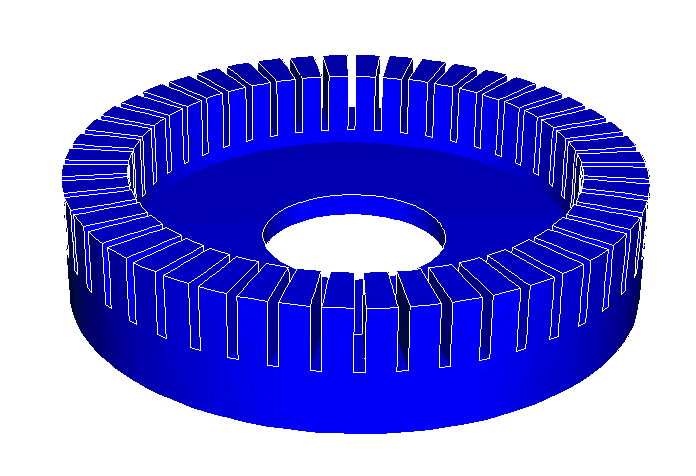
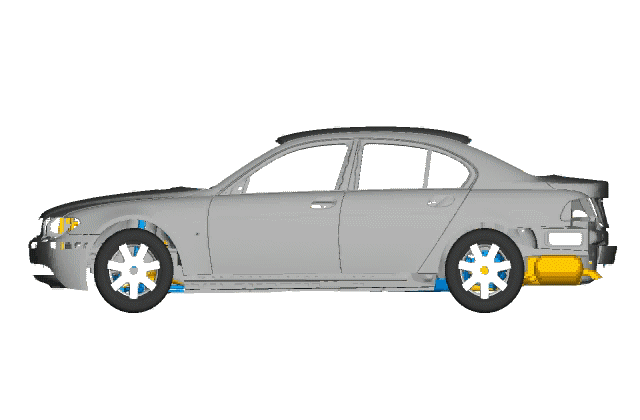
Abaqus offers a unified FEA environment for a wide array of engineering analyses:
- Linear & Nonlinear Structural Analysis: Essential for load-bearing capacity assessments, failure prediction, and performance validation.
- Thermal-Structural Coupling: Simulate heat transfer and its mechanical consequences with precision.
- Fluid-Structure Interaction (FSI): Accurately model interactions between structures and incompressible fluid flows, supporting applications in piping systems, dampers, and hydro-mechanical components.
- Multi-physics Integration: Seamlessly incorporate thermal stress and other mechanical phenomena into simulation workflows.
3. Accelerated Design, Reduced Costs
Abaqus enhances engineering productivity and reduces overall costs through smart automation and integration:
- Replace Physical Prototypes: Significantly cut time and expenses by substituting traditional testing with validated virtual simulations.
- Streamlined CAD-CAE Workflow: Minimize rework with real-time synchronization between design and simulation.
- High-Performance Computing: Leverage scalable parallel processing across 4 to 256 cores for faster results, enabling rapid design iterations.
Key Features of Abaqus
Advanced Finite Element & Multiphysics Capabilities
- Linear and nonlinear static and dynamic simulations
- Coupled multiphysics analysis: structural-thermal, thermal-stress, fluid-structure interaction (FSI), and acoustic-structural
- Full support for contact, large deformation, and complex assemblies
- Simulation of joint behavior, flexible bodies, and control interactions
High-Performance Computing (HPC)
- Scalable solver performance with parallel processing across 4 to 256 CPU cores
- Distributed and shared-memory parallelization for faster large-scale simulations
- Efficient memory usage for high-fidelity, high-resolution models
Comprehensive Material Modeling
- Rich library of material models:
- Metals, rubbers, thermoplastics, heat-resistant plastics
- Composites, foams, soil, and biological tissues
- Support for time-dependent behavior: plasticity, hyperelasticity, creep, viscoelasticity, and damage
Robust Contact & Fracture Simulation
- Automatic contact detection and robust contact algorithms
- Supports deformable-to-deformable, deformable-to-rigid, and self-contact
- Damage initiation, crack propagation, and failure prediction under static or cyclic loading
- Ideal for complex assemblies in industries such as automotive, aerospace, and energy
Modeling, Automation & Post-Processing
- Hybrid modeling support: native CAD geometry + imported mesh models
- Template-driven workflows and process standardization
- Extensive post-processing tools: animations, contour plots, XY curves, and reports
- Visualization of deformation, stress, temperature, flow, and contact behavior
Seamless CAD/CAE Integration
- Native integration with leading CAD tools: SolidWorks®, CATIA®, PTC Creo®, Autodesk Inventor®
- Bi-directional data flow: design changes sync directly with simulation models
- Streamlined geometry cleanup, meshing, and update processes
Application Cases
Energy & Materials
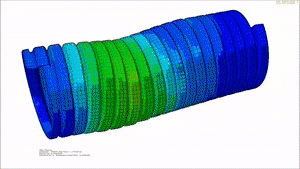
- Structural integrity of piping systems, pressure vessels, and skids
- Seismic, buckling, vibration, and thermal load response
- Pipe-soil interaction, nozzle, and dent simulations
- Fatigue, crack growth & fracture assessment for critical equipment
- Thermal-stress and fluid-structure interaction in exchangers and pumps
Construction, City & Infrastructure
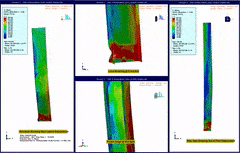
- Seismic and dynamic response of buildings and bridges
- Thermal-structural coupling in piping, slabs, and façades
- Fatigue and lifecycle assessment of concrete and steel frames
- Contact modeling of bolted and welded joints
- Clash detection and constructability validation
Industrial Equipment
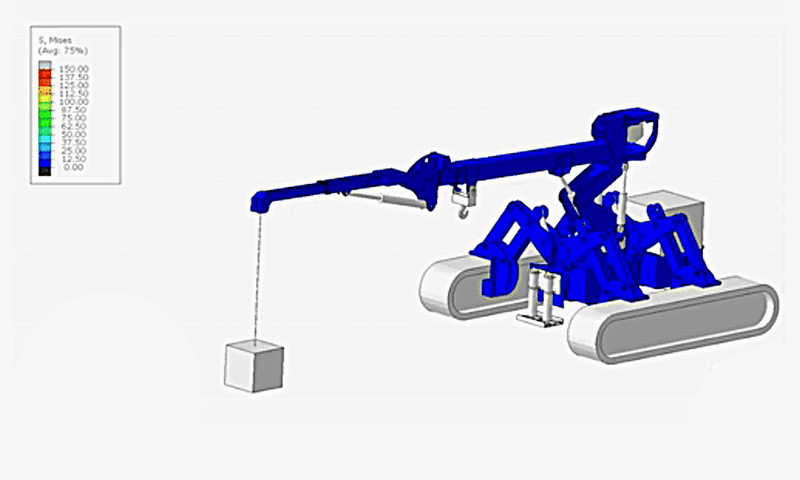
- Stress and deformation analysis of support frames and manufacturing equipment
- Vibration, torsion, buckling and drop simulations
- Thermal-stress and FSI in rotating and pressure equipment
- Optimization of equipment design for weight and durability
- Welded joint integrity under thermal and mechanical loading
High Tech & Electronics
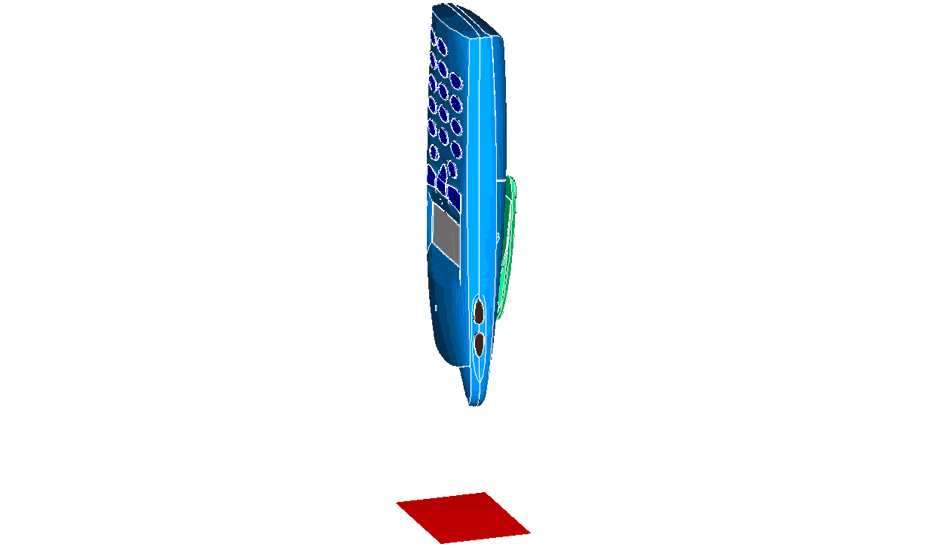
- Drop, vibration, and thermal warpage analysis of devices and enclosures
- PCB stress under soldering, thermal cycling, and operational heat loads
- Packaging optimization for mechanical robustness and reliability
- Structural simulation of consumer electronics and embedded systems
Automobile & Mobility
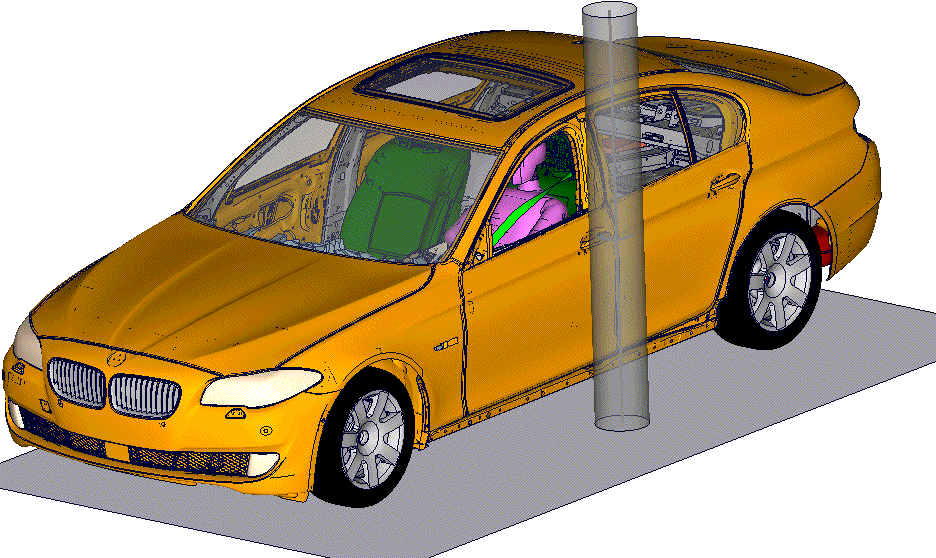
- Crash, airbag deployment, and rollover simulations
- Suspension and chassis durability under dynamic loads
- Structural optimization for weight, cost, and performance
- Cabin HVAC airflow simulation (CFD)
Aerospace & Defense

- Structural response of aircraft frames and components
- Composite material layup and delamination simulation
- Buckling, vibration, and fatigue evaluation of wings and fuselage
- Coupled thermal-structural and FSI simulations for aerospace systems
Consumer Goods
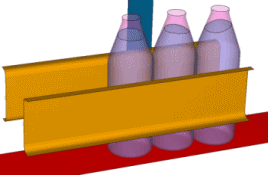
- Drop and impact resistance of packaging and containers
- Pressure and sealing performance simulation
- Material behavior under thermal and mechanical loading
- Optimization of packaging for structural integrity and cost-efficiency
Life Sciences & Healthcare

- Structural simulation of devices: casings, pumps, dispensers, etc.
- Drop and thermal analysis of medical packaging
- Cleanroom HVAC flow modeling (CFD)
- Fluid-structure interaction in valves and flow-control devices
- Simulation of polymer components

